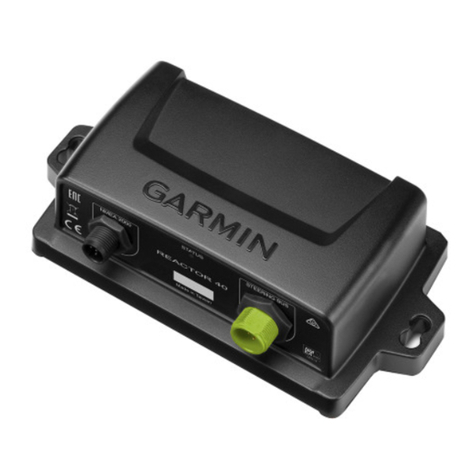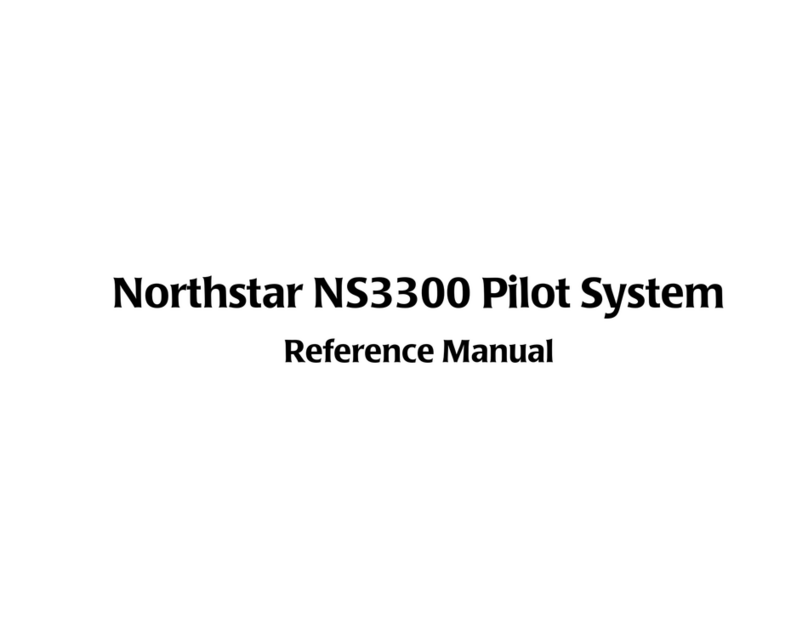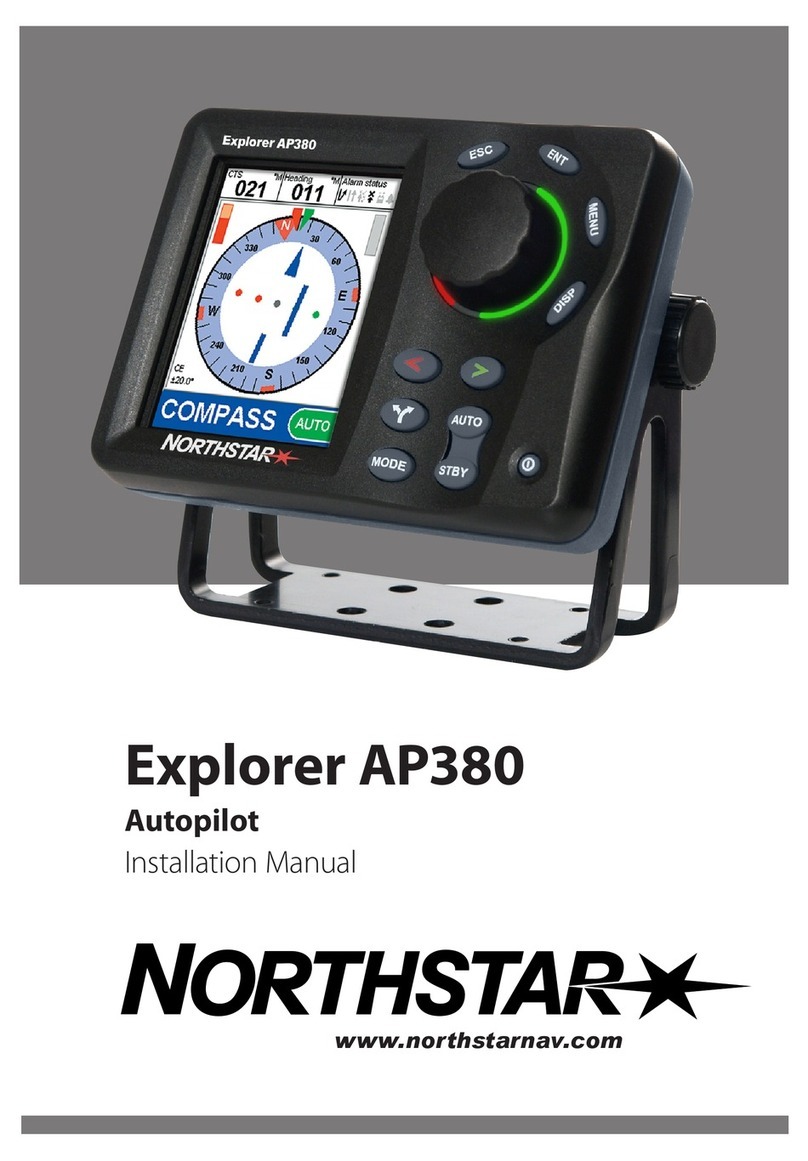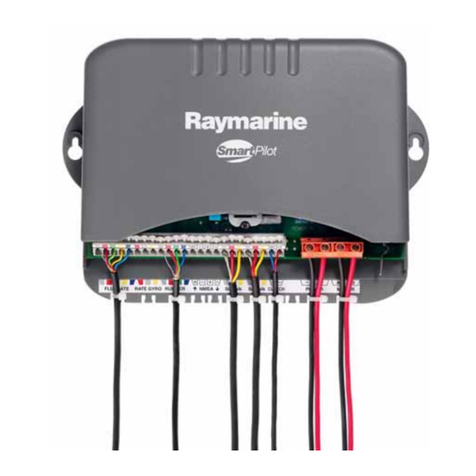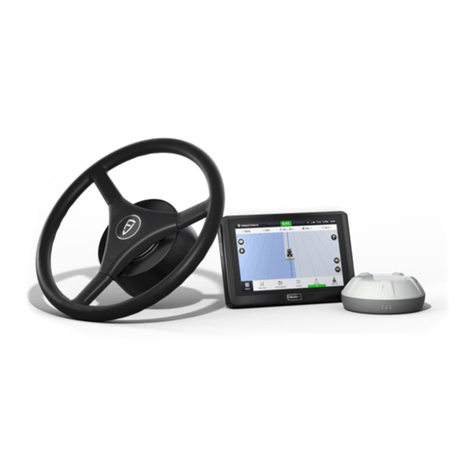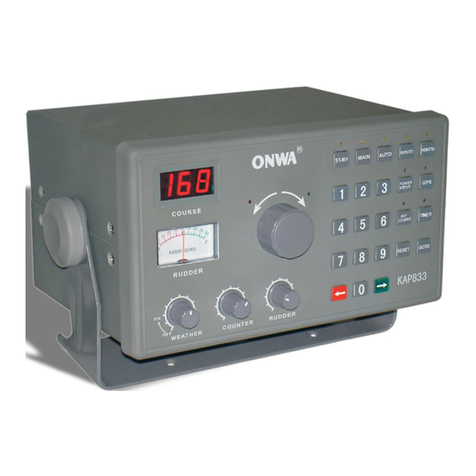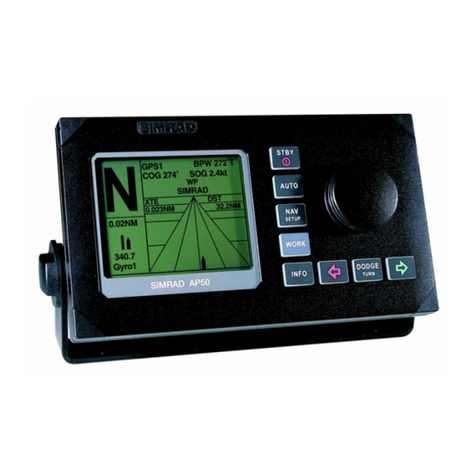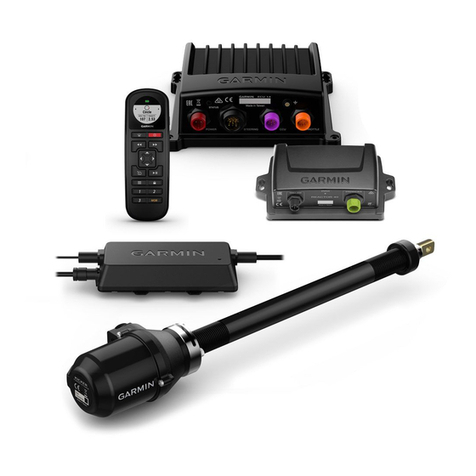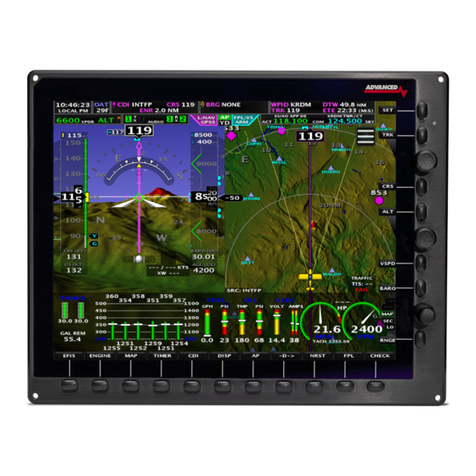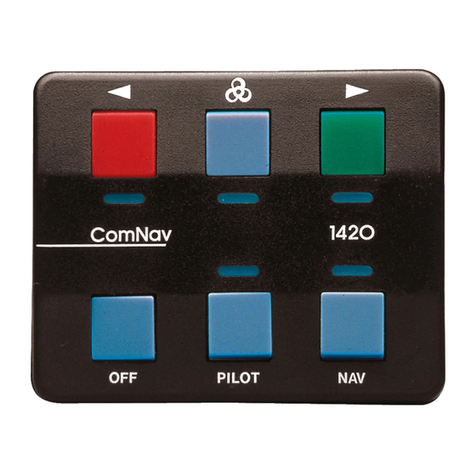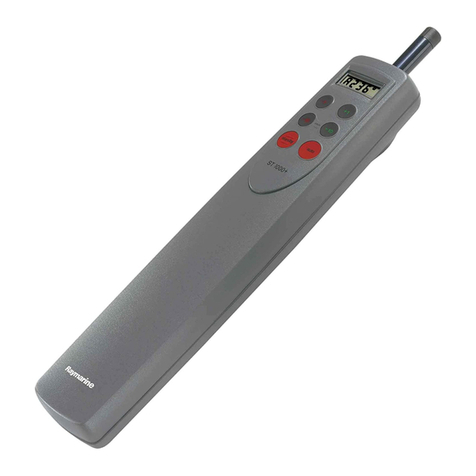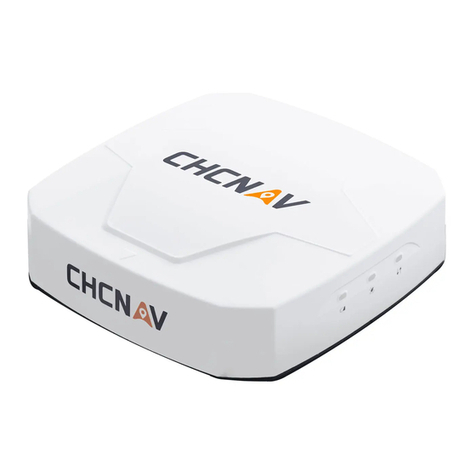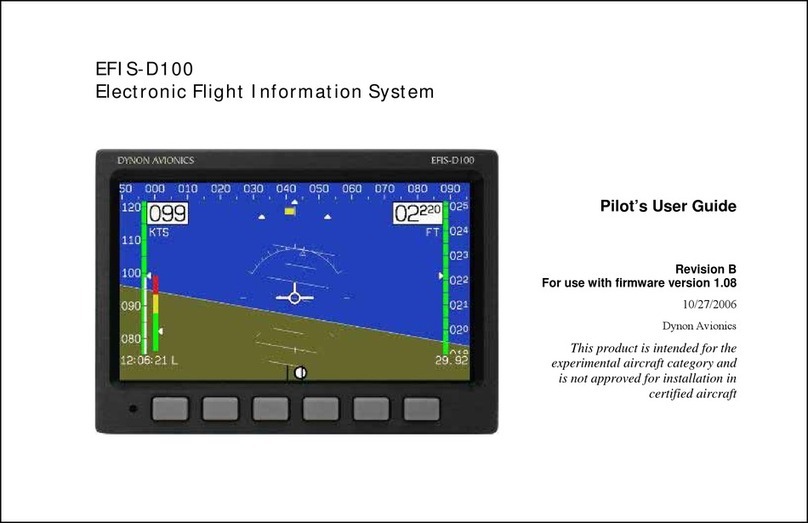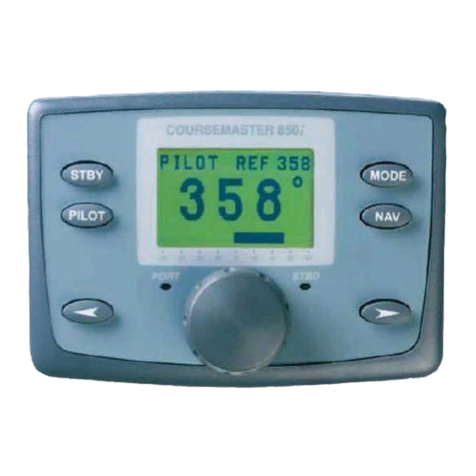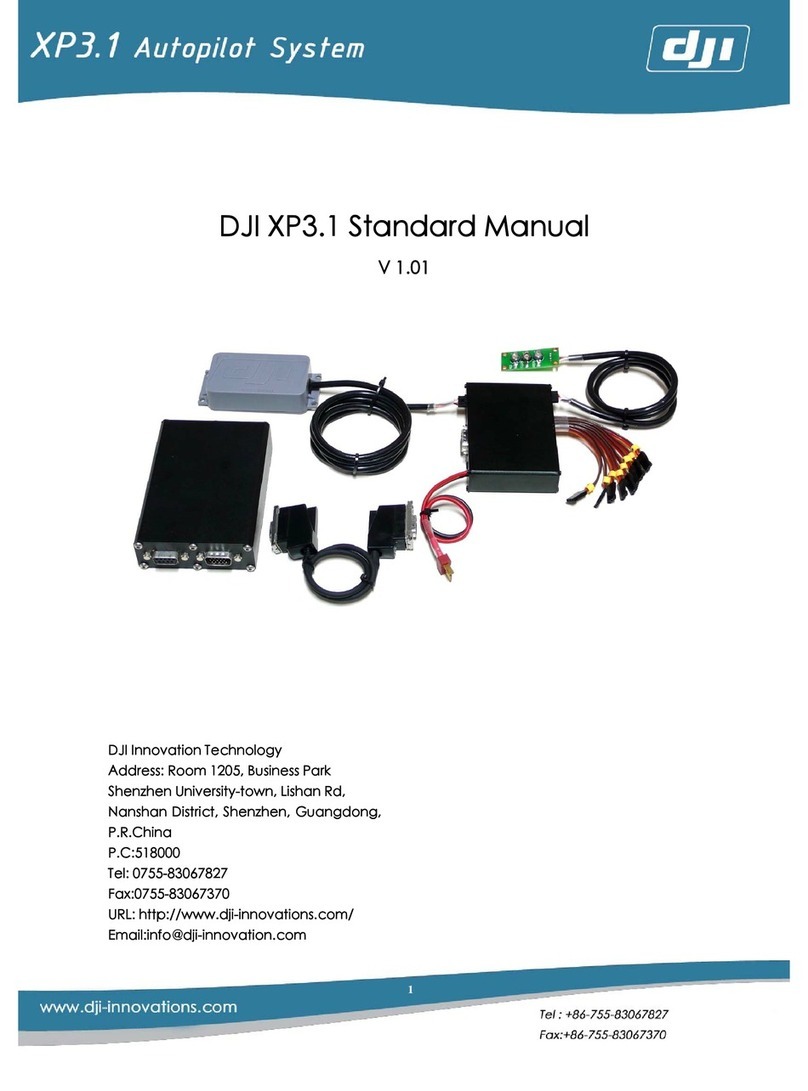Autopilot AP3003 gold Navicontrol
Instruction manual for use and installation - rel. 1.21 / 02.08 page 2
Contents
FOREWORD ........................................................................................................... 3
WARRANTY ............................................................................................................ 4
THE AP3003 GOLD AUTOPILOT .............................................................................. 5
DECLARATION OF COMPLIANCE TO THE EEC 89/336 DIRECTIVE ..................................... 6
USER’S MANUAL...................................................................................................... 7
IMPORTANT WARNINGS ....................................................................................... 8
MULTISENSOR TECHNOLOGY....................................................................................... 9
PRELIMINARY OPERATIONS AND START OF NAVIGATION. ............................ 10
Starting ............................................................................................................... 10
Display and keyboard illumination....................................................................... 10
Setting of the operating parameters.................................................................... 10
Setting of the route and automatic navigation..................................................... 12
SIGNALED ALARMS.................................................................................................... 16
INSTALLATION MANUAL....................................................................................... 17
INSTALLATION PROCEDURES ........................................................................... 18
Control Unit......................................................................................................... 18
Control Unit (as OPTIONAL remote control)....................................................... 18
Processor Box AP gold....................................................................................... 19
Fluxgate Compass FGX90/3, FGX90N............................................................... 19
Rudder Angle Transducer FB30, FB31............................................................... 19
Electrohydraulic Unit........................................................................................... 20
PRELIMINARY TEST............................................................................................. 21
Rudder Feedback FB30, FB31 ........................................................................... 21
Rudder Indicator AR32, AR33, AR34.................................................................. 21
Fluxgate Compass FGX90/3, FGX90N............................................................... 21
Electrohydraulic Unit........................................................................................... 21
GPS and/or Chart-Plotter.................................................................................... 22
Wind Direction Sensor........................................................................................ 22
Automatic compensation of the compass FGX90/3, FGX90N ............................ 22
Operating parameters pre-set............................................................................. 23
SOFTWARE INSTALLATION PROCEDURE......................................................... 24
TECHNICAL SPECIFICATION ................................................................................ 27
